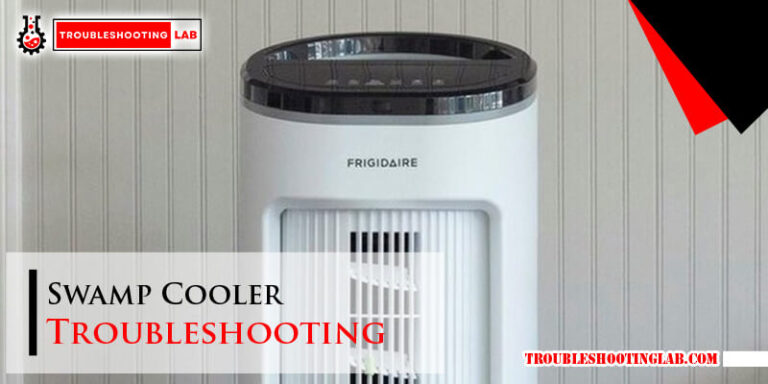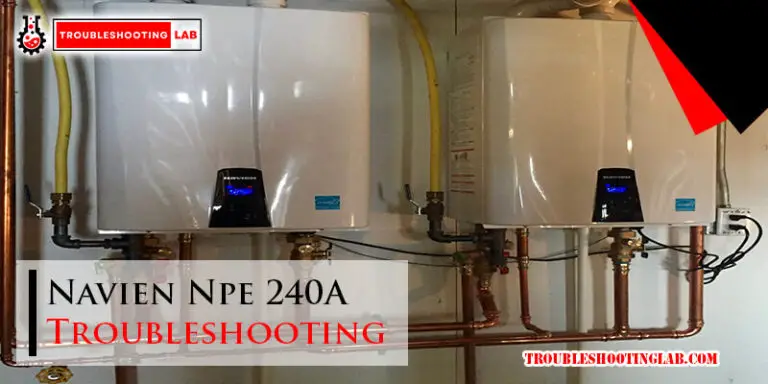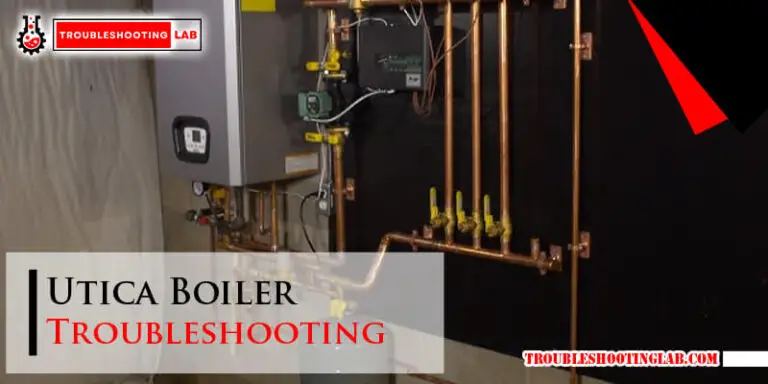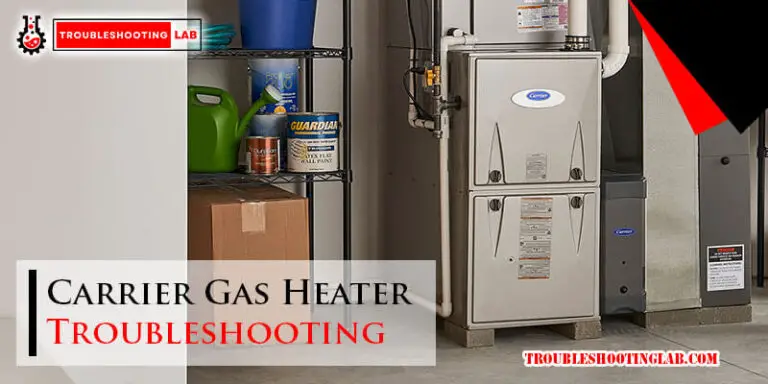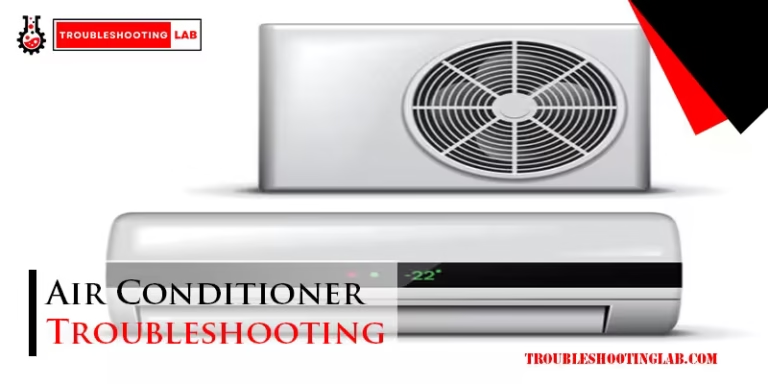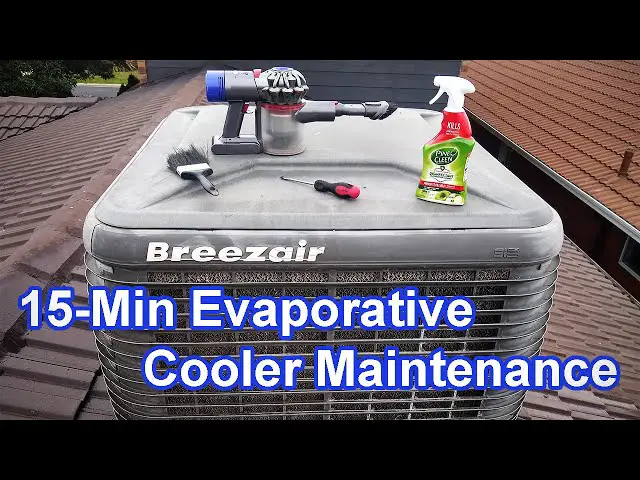Burnham Series 2 Gas Boiler Troubleshooting: Expert Tips
Is your Burnham Series 2 gas boiler giving you trouble? You’re not alone.
When your boiler isn’t working as it should, it can be frustrating, especially during those colder months when you rely on it the most. But don’t worry—many common issues can be resolved without calling in a professional. In this guide, we’ll walk you through simple troubleshooting steps to get your Burnham Series 2 boiler back on track.
Whether it’s a lack of heat, strange noises, or error codes, we’ve got you covered. Stick around, and by the end, you’ll feel more confident tackling these problems yourself. Ready to dive in? Let’s get started!
Common Issues With Burnham Series 2 Boilers
Burnham Series 2 gas boilers are known for their reliability, but like any appliance, they can encounter issues over time. If your boiler isn’t performing as it should, it’s essential to know what could be causing the problem and how to address it. Let’s break down some common issues you might face and what you can do to troubleshoot them.
Boiler Not Heating
If your boiler isn’t heating, it can be incredibly frustrating, especially during cold weather. Start by checking the thermostat. Is it set to the right temperature? Sometimes, a simple adjustment is all that’s needed.
Next, inspect the power supply. A tripped circuit breaker or a blown fuse might cut off power to the unit. Reset the breaker or replace the fuse, and see if the boiler kicks back on.
Still no heat? Take a look at the pressure gauge. The Burnham Series 2 boiler typically requires a pressure level between 12-15 psi. If it’s too low, you may need to add water to the system. Refer to your manual for guidance on how to do this safely.
Pilot Light Problems
A malfunctioning pilot light is a common issue with older gas boilers like the Burnham Series 2. Check if the pilot light is out. If it is, follow the manufacturer’s instructions to relight it. Usually, this involves turning the gas control knob to the “pilot” position and using a lighter or match to ignite it.
If the pilot won’t stay lit, the thermocouple might be faulty. The thermocouple is a safety device that shuts off the gas if the pilot light goes out. A worn-out thermocouple can no longer sense the flame and may need to be replaced.
Before replacing anything, ensure the area is free of drafts. A strong draft can blow out the pilot light, especially in older homes. Seal any gaps near the boiler to prevent this from happening again.
Unusual Noises
Is your boiler making strange noises like banging, whistling, or gurgling? These sounds often indicate air trapped in the system. Bleeding the radiators can help release the air and restore normal operation.
If you hear a loud banging noise, it could be due to a phenomenon called “kettling.” This happens when limescale builds up inside the heat exchanger, restricting water flow. Descaling the system might solve the problem, but you may need professional help to get it done properly.
A buzzing or humming sound could point to an electrical issue, such as a failing pump or motor. In this case, it’s best to call a technician to diagnose and fix the issue.
Water Leaks
Water leaks around your boiler are never a good sign. First, identify where the leak is coming from. If it’s near a pipe connection, tightening the fitting might resolve the problem. Use a wrench, but don’t overdo it—too much force can cause more damage.
If the leak is coming from the pressure relief valve, your boiler might be over-pressurized. Check the pressure gauge and release excess pressure by bleeding a radiator. If the issue persists, the valve itself may need to be replaced.
A leaking heat exchanger is more serious and often indicates the boiler is nearing the end of its life. Replacing the heat exchanger can be expensive, so weigh the cost of repair against the cost of a new boiler before deciding.
Troubleshooting your Burnham Series 2 boiler doesn’t have to be overwhelming. With a little patience and some basic knowledge, you can often resolve minor issues yourself. But for complex problems, don’t hesitate to call in a professional. After all, your comfort and safety are worth it.
Safety Precautions Before Troubleshooting
Burnham Series 2 gas boilers require careful handling during troubleshooting. Safety is a top priority to avoid accidents or damage. Before starting, take time to ensure the work area is secure and organized. Following these precautions protects both you and the equipment.
Power And Gas Shut-off
Turn off the boiler’s power supply before inspecting any components. Locate the gas shut-off valve and close it completely. This prevents gas leaks or electrical accidents during troubleshooting. Confirm both the power and gas are off before proceeding.
Ventilation Check
Ensure the work area has proper ventilation. Gas boilers release fumes that can be harmful if trapped in a closed space. Open windows or use fans to maintain airflow. Adequate ventilation reduces the risk of inhaling dangerous gases.
Protective Gear Essentials
Wear safety gloves to protect your hands from sharp edges or hot surfaces. Use safety goggles to shield your eyes from debris or gas particles. A face mask helps avoid inhaling dust or fumes during inspection. Proper protective gear keeps you safe while working.
Inspecting The Thermostat
The thermostat plays a crucial role in your Burnham Series 2 gas boiler. It helps regulate the temperature and ensures smooth operation. If your boiler isn’t heating properly, the thermostat might be the culprit. Inspecting the thermostat can help identify and resolve common issues.
Checking Thermostat Settings
Begin by checking the thermostat settings. Ensure it is set to “heat” mode. Confirm the temperature setting is higher than the current room temperature. Incorrect settings can prevent the boiler from turning on. Verify the schedule settings if it’s a programmable thermostat. A misconfigured schedule might disrupt heating operations.
Replacing Dead Batteries
A thermostat with dead batteries may fail to communicate with the boiler. Open the thermostat cover and remove the batteries. Check for corrosion or leaks on the battery contacts. Replace the old batteries with fresh ones. Use the correct type as specified in the user manual. After replacing the batteries, recheck the thermostat’s functionality.
Wiring Connection Issues
Loose or damaged wires can disrupt thermostat communication with the boiler. Carefully remove the thermostat from the wall to inspect the wiring. Ensure all connections are secure and free from damage. Look for frayed wires or signs of wear. If you notice any, consult a professional for repairs. Avoid handling electrical components without proper knowledge.
Addressing Pilot Light Issues
The pilot light in a Burnham Series 2 gas boiler is crucial. It ignites the burners, allowing the boiler to produce heat. If the pilot light malfunctions, the boiler won’t work properly. Addressing pilot light issues can prevent larger problems and keep your home warm.
Relighting The Pilot
If the pilot light is out, relight it following the manual’s instructions. First, turn the gas control knob to the “Off” position. Wait at least five minutes to allow any residual gas to clear. Then, switch the knob to “Pilot” and press it down. While holding the knob, use a lighter or spark igniter to ignite the pilot. Once it lights, hold the knob for about 30 seconds before releasing. If it doesn’t stay lit, repeat the process or check other components.
Cleaning The Pilot Assembly
Dirt or debris can block the pilot assembly, affecting the flame. Use a soft brush or compressed air to clean the pilot opening. Ensure the flame sensor is free of soot or buildup. A clean pilot assembly ensures a steady flame for reliable operation.
Inspecting The Gas Supply
A weak or interrupted gas supply can extinguish the pilot light. Inspect the gas valve to ensure it’s fully open. Check for any kinks or damage in the gas line. If you suspect low gas pressure, contact your gas provider to verify the supply.
Dealing With Water Leaks
Dealing with water leaks in your Burnham Series 2 gas boiler can feel frustrating, but the good news is that most leaks are fixable with some basic troubleshooting. Whether you’re noticing small droplets or pooling water, addressing leaks early prevents further damage and keeps your boiler running efficiently. Let’s break down how to identify, tighten, or replace components to resolve the issue.
Identifying Leak Sources
Start by pinpointing where the leak is coming from. Is it dripping from the pipes, the pressure relief valve, or the heat exchanger? Use a flashlight to inspect your boiler thoroughly for signs of moisture or rust.
Check if the leak increases when the boiler is running. Sometimes, leaks only appear when the boiler is under pressure. Knowing the exact source helps you decide whether you need a quick adjustment or a replacement part.
Tightening Loose Fittings
Loose fittings are a common cause of leaks, especially around the connections of pipes and valves. Grab a wrench and gently tighten any fittings that seem loose. Don’t over-tighten; you risk damaging the threads or seals.
If the leak stops after tightening, you’re good to go. But if water continues to seep out, the issue might be deeper, such as worn-out washers or seals. Keep an eye on the fitting for a few days to ensure the leak doesn’t return.
Replacing Faulty Valves
Faulty pressure relief valves are another frequent culprit. If water is dripping consistently from the relief valve, it’s likely worn out or malfunctioning. You can replace it yourself if you’re comfortable with basic tools, or call a technician for help.
When replacing the valve, make sure you purchase the exact model compatible with your Burnham Series 2 boiler. Installing the wrong valve can lead to more issues down the line. A new valve should seal the system properly and prevent further leaks.
Have you dealt with boiler leaks before? What worked for you? Troubleshooting can feel like trial and error, but every fix brings you closer to a leak-free boiler.

Credit: www.youtube.com
Resolving Pressure Problems
Pressure problems in your Burnham Series 2 gas boiler can lead to inefficiencies and even system shutdowns. Whether you’re noticing low pressure or frequent pressure drops, it’s crucial to address the issue promptly. This guide will walk you through practical steps to resolve pressure issues and keep your boiler running smoothly.
Checking Pressure Gauge
The first step is to check the pressure gauge on your boiler. It’s usually located on the front panel or near the control area. Ideally, the pressure should read between 1 and 2 bars when the system is cold.
If the needle is below 1 bar, your system may not have enough water to function properly. If it’s above 2 bars, the pressure might be too high, which could strain the system. Make it a habit to glance at the gauge weekly—catching issues early can save you from costly repairs.
Adjusting The Pressure Relief Valve
The pressure relief valve (PRV) is a safety feature that prevents the boiler from over-pressurizing. If your pressure is too high, the PRV might need adjustment or replacement.
Turn off the boiler before you touch the valve. Then, carefully release some pressure by slightly opening the PRV. Make sure you have a bucket handy to catch any water that might discharge during this process.
If adjusting the valve doesn’t solve the issue, it may be faulty. In that case, consider calling a professional to replace it. DIY fixes on critical parts like the PRV can be risky if you’re not familiar with boiler systems.
Refilling The Boiler System
When the pressure is too low, it’s usually because your boiler needs more water. Locate the filling loop, which is often a silver hose with a valve, and use it to add water to the system.
Open the filling loop valve slowly while keeping an eye on the pressure gauge. Stop when the needle reaches the 1 to 1.5 bar range. Don’t overfill the system, as that can lead to other complications.
After refilling, ensure the valve is tightly closed to avoid leaks. If you notice the pressure dropping frequently even after refilling, there could be a hidden leak in the system that needs to be addressed.
Have you encountered pressure problems before? What steps worked best for you? Share your experience in the comments below—you might just help someone troubleshoot their boiler more effectively!
Cleaning And Maintenance Tips
Maintaining your Burnham Series 2 gas boiler is more than just a chore; it’s the key to keeping your heating system efficient and extending its lifespan. Regular cleaning and maintenance prevent unexpected breakdowns and help you avoid costly repairs. Below, you’ll find actionable tips to ensure your boiler stays in top condition.
Flushing The Boiler
Over time, sediment and debris can build up inside your boiler, reducing its efficiency. Flushing the boiler removes this buildup and ensures smooth operation.
- Turn off the boiler and allow it to cool completely before starting.
- Locate the drain valve at the bottom of the boiler and attach a hose to it.
- Open the valve and let the water—and any debris—drain out. Replace the water by refilling the system.
Repeat this process annually or as recommended by your boiler’s manual. Neglecting this step can lead to clogs and overheating. Have you flushed your boiler recently?
Clearing The Burner Assembly
A dirty burner assembly can affect combustion and reduce heating efficiency. Cleaning it is straightforward and can make a noticeable difference.
- Turn off the boiler and disconnect the gas supply.
- Remove the burner assembly carefully; check your manual for detailed steps.
- Use a soft brush or compressed air to clear any dirt, dust, or debris from the burner ports.
Inspect for any signs of rust or damage while you’re at it. If the assembly looks worn out, consider replacing it. Would you rather spend a few minutes cleaning or deal with higher gas bills later?
Inspecting Heat Exchangers
The heat exchanger is the heart of your boiler. A dirty or damaged heat exchanger can lead to inefficient heating and even hazardous carbon monoxide leaks.
- Check the heat exchanger for soot buildup or corrosion. Use a flashlight to inspect the inner surfaces.
- Clean the exchanger using a wire brush or vacuum designed for boilers.
- If you notice cracks or severe damage, call a professional for replacement.
This step is often overlooked but is crucial for safety and performance. When was the last time you gave your heat exchanger a close look?
Cleaning and maintaining your Burnham Series 2 gas boiler doesn’t require advanced skills, but it does demand attention to detail. Staying proactive can save you time and money while ensuring reliable heating for your home.

Credit: mastercam.si
When To Call A Professional
Even the best gas boilers, like Burnham Series 2, can develop issues over time. While some minor problems can be fixed on your own, others demand professional expertise. Knowing when to step back and call a technician can save you money, time, and potentially your safety. Let’s break down the key situations that require professional intervention.
Recurring Issues
If your boiler keeps breaking down after temporary fixes, it’s time to call a professional. A consistent problem, like uneven heating or frequent shutdowns, could point to a deeper issue. You might be dealing with faulty wiring, a misaligned thermostat, or even sediment buildup in the boiler.
Major Component Failures
Some parts of your Burnham Series 2 boiler are critical for its function, like the heat exchanger or gas valves. If these fail, you shouldn’t attempt a repair yourself. These components are complex and require specialized knowledge to replace or fix.
Imagine trying to repair a gas valve without proper training. Not only could it make the problem worse, but it might also void your warranty. A certified technician ensures the work is done properly and safely.
Gas Smell Or Carbon Monoxide Concerns
A gas smell or signs of carbon monoxide are urgent red flags. If you notice these, shut down your boiler and call a professional immediately. Gas leaks can lead to fire hazards, and carbon monoxide can be life-threatening.
Do you have a carbon monoxide detector near your boiler? If not, consider installing one today. These detectors can warn you early, giving you time to act before the issue escalates. Never ignore these signs, even if they seem minor.
Ultimately, some situations simply aren’t worth the risk. When safety and major repairs are on the line, leave it to the pros.

Credit: www.reddit.com
Conclusion
Troubleshooting your Burnham Series 2 gas boiler doesn’t have to feel overwhelming. By following basic steps, you can often identify and fix common issues. Regular maintenance helps prevent many problems before they start. Always ensure safety by turning off power and gas during checks.
For complex repairs, contacting a professional is the best choice. Understanding your boiler better can save time, money, and frustration. Stay proactive, and your heating system will work efficiently for years. A well-maintained boiler ensures comfort for your home during colder months.
Keep learning and caring for your system to enjoy its full benefits.

